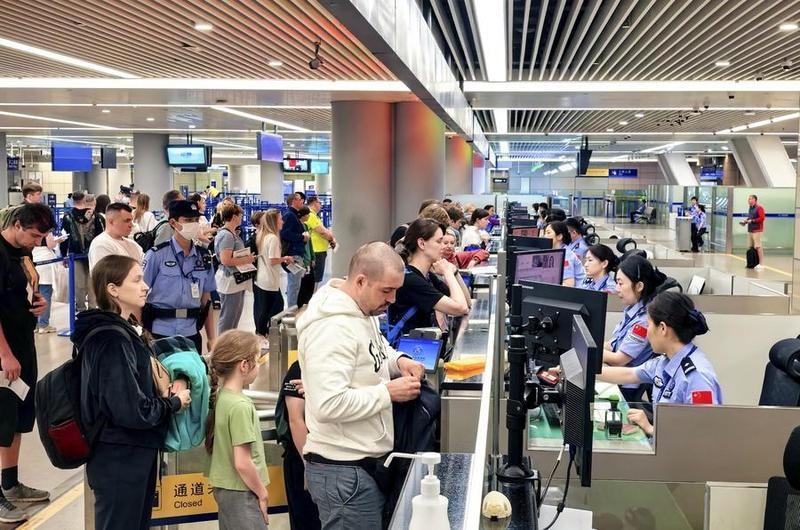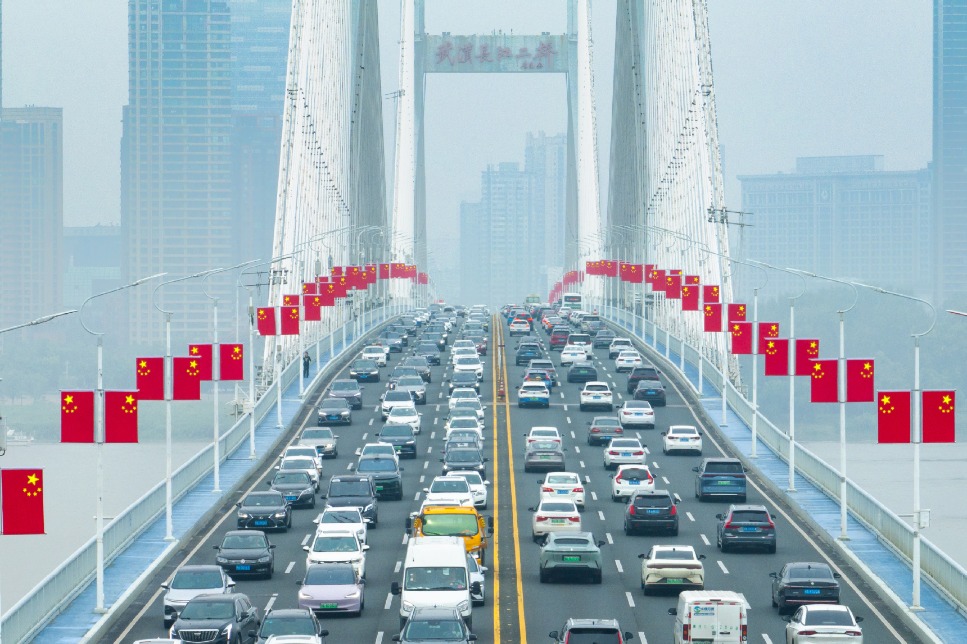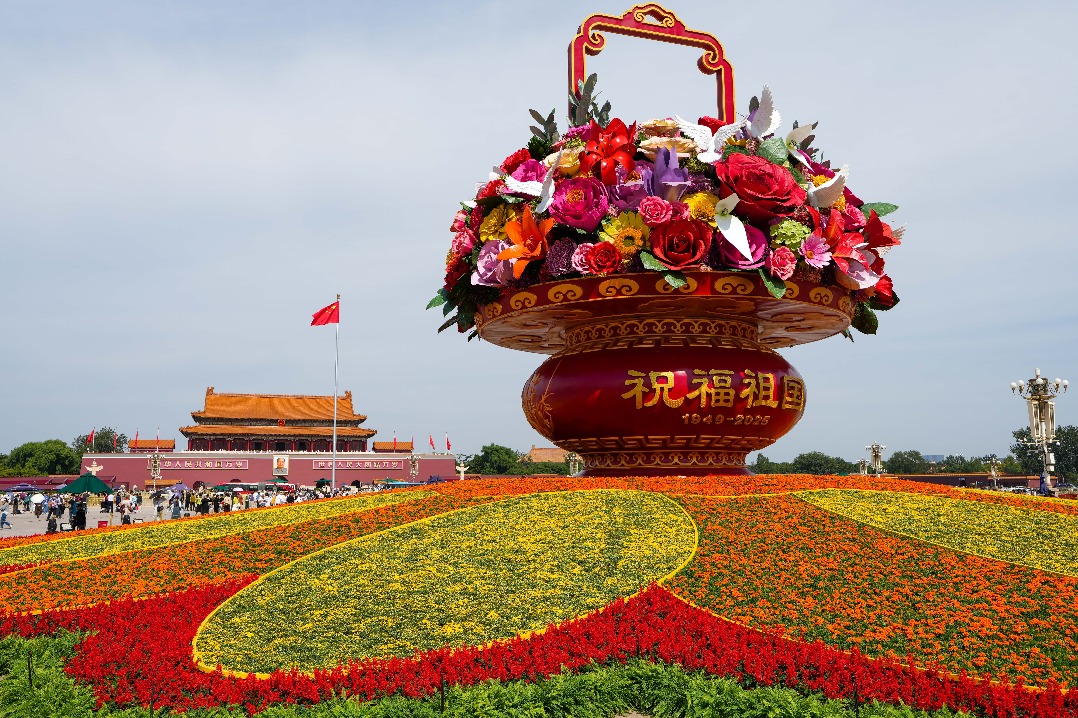How should we view China's decision to add K visa?


To promote exchanges and cooperation between young science and technology talents from China and other countries, starting October 1 this year, China will introduce a new K visa under the category of ordinary visas. The K visa is subject only to certain requirements concerning age, educational background, or working experience. It does not require a domestic employer or inviting entity, and its application process will be more convenient. After entering China, K visa holders can engage in exchanges in fields such as education, culture and science and technology, as well as relevant entrepreneurial and business activities. The issuance of the K visa means that the scope of visa facilitation in China has been further expanded, showcasing a more open and confident China in the new era to the world.
Currently, global talent mobility is showing new characteristics and trends. The traditional model of one-way talent flows has been replaced by diversified, two-way networks. According to statistics, the number of international migrants worldwide reached 281 million in 2020, up from 173 million in 2000. The rapid rise of Asian countries in global talent competitiveness rankings indicates that the global talent landscape is undergoing a restructuring. Some of China's high-tech industries, to some extent, still face challenges related to the quality of specialized talent. However, with its large population base and the ongoing optimization of talent policies, China is creating new opportunities for global talent. Embracing international talent with a more open attitude is therefore an inevitable choice for mutual empowerment.
The implementation of the K visa is a concrete practice of China's institutional opening-up. As a newly added category of ordinary visa, it is specifically designed for young foreign science and technology talent entering China. This institutional design not only addresses the practical needs of talent mobility but also aligns with the dynamics of innovation. The policy provides convenience for young foreign science and technology professionals coming to China, while also reflecting the systematic and forward-looking nature of China's talent strategy. The issuance of the policy is only the first step; effectively implementing and managing the new visa measures in the future will be equally crucial. It is more than a technical adjustment - it is also a strategic move for China's participation in global talent governance.
Against the backdrop of economic globalization, cross-border talent mobility goes beyond the simple transfer of technology; it is a process of optimizing the allocation of innovation factors. In future global competition, talent flows across borders are a vital force driving technological progress and economic growth. In an era marked by technological change, demographic transformation and growing geopolitical uncertainty, talent is not only a strategic asset but also a measure of national capability. The interaction of talent from different cultural backgrounds often produces a "1+1>2" synergy. In cutting-edge fields such as biomedicine and artificial intelligence, cross-border teamwork is breaking through the limits of traditional R&D models. Against this backdrop, China is embracing global talent with a more open attitude through policies like the K visa.
Once, countries like the US were seen as the "final destination" for global talent flows. Today, China is also becoming a hub for international talent. From expanding visa-free entry to building high-tech talent immigration systems, China is accelerating the creation of an open and inclusive international talent ecosystem. It is important to note that China's K visa is different from the US H-1B visa. The H-1B visa is widely regarded as a work visa designed to meet the needs of US industries for skilled professionals. By contrast, China's K visa is intended to promote exchanges and cooperation between young Chinese and foreign science and technology professionals. Its core purpose is to serve international talent exchange and collaboration in scientific innovation, rather than simply to provide a work permit.
Attracting global talent lies not only in material incentives but also in institutional environments and cultural atmospheres. A society that offers development opportunities, respects innovation and embraces cultural diversity can truly become a desirable destination for talent worldwide. In essence, global competition for talent reflects a country's overall innovation capacity and institutional attractiveness. In recent years, China has made tangible efforts to improve its business environment and strengthen intellectual property protection, creating a sound ecosystem for talent development. In particular, pilot free trade zones have served as important platforms for institutional opening-up, offering useful lessons for improving global talent governance. The introduction of the K visa, which has drawn widespread international attention, in itself demonstrates China's strong magnetic pull.
In today's world, the cross-border and cross-regional flow of talent has become a prevailing trend in development. China's institutional opening-up not only conforms to the current trend, but also reflects its own strategic development needs. This demonstrates China's openness and confidence, while also offering new ideas for global talent governance. At a time when some countries are turning inward and rejecting external cooperation, China continues to pursue development through openness and innovation through cooperation. This reflects not only the commitment of a responsible major power, but also provides a new opportunity for global talent exchange and cooperation.


































